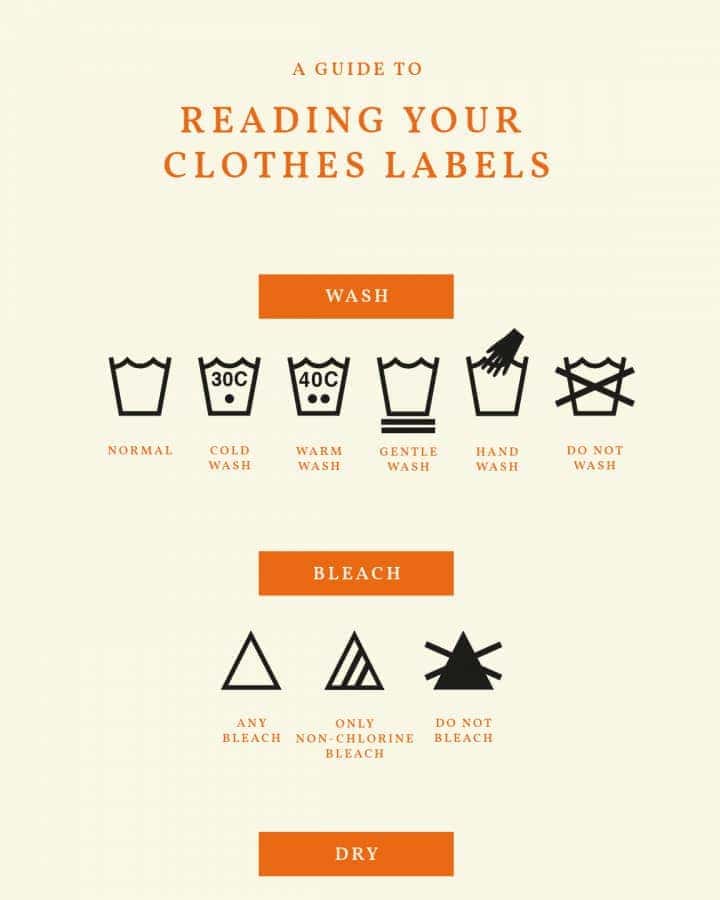A Handy guide for Parents: Understanding Clothing Labels for Age
Welcome, fantastic parents! It’s wonderful to have you here as we embark on a journey into the world of clothing labels and what they mean for your little champ’s age. By the end of this guide, reading clothing labels for age will be as easy as ABC for you!
Why is Reading Clothing Labels for Age Important
Before we delve right into how to read these labels, let’s quickly shed some light on why understanding clothing labels for age is important. For starters, this can save you from the distress of buying an item that is too small or too large for your little one. Knowing how to read clothing labels can also help you accurately gauge the longevity of a clothing piece, in terms of fitting your child.
Understanding the Age on Children’s Clothing Labels
Deciphering the age description on the clothing labels might look a little tricky, but don’t worry, we’re here to make it a piece of cake for you. Generally, the age guides on clothing labels follow a pretty simple pattern. If an age guide says “2-3,” for example, the item should ideally fit a child of aged between 2 to 3 years.
Size vs Age: The Meaning behind the Numbers on Clothing Labels
Age-Based vs Measurement-Based Size
As you dive deeper into the world of clothing labels, you will encounter two different sizing systems – age-based sizes (e.g., 5-6 Y) and measurement-based sizes (e.g., 110 cm). The ‘age-based sizes’ are the estimated sizes recommended for an average child of a particular age. On the other hand, ‘measurement-based sizes’ are more precise as they’re based on the child’s height in centimeters.
Size Discrepancies among Different Brands
One essential thing to note is that sizes can vary among different brands despite carrying the same age labeling. This discrepancy is due to each brand’s unique sizing standards. Therefore, it is always a good idea to have a rough estimate of your child’s measurements when shopping.
Learning to Read Clothing Labels: The Essential Takeaways
We hope this guide makes reading and understanding clothing labels easier for you. Remember, it is not merely the numbers or words that matter, but also the context in which they’re used. In our next section, we’ll delve into some examples and practical tips to further simplify this process.

Practical Tips for Reading Labels
1. In some clothing brands, you may see age labels shown as ‘3+’, ‘4+’, and so on. While this might seem confusing, it’s actually quite simple. The ‘+’ sign indicates that the clothing item is designed to fit a child who has just reached that age. For instance, ‘3+’ would usually fit a child who has just turned 3.
2. Look out for labels with dual sizing such as ‘3-4’ or ‘5-6’. This indicates that the clothes are designed to fit children within that age range.
3. Don’t forget to pay attention to other symbols and care instructions. While age and size are significant, these labels also provide information about the fabric type, washing instructions, and potential allergens that may cause irritation to your little one’s skin.
Wrap-up
And there you have it! You are now well-equipped to tackle clothing labels of all sorts. Remember to measure your child and always consider the brand’s sizing chart while shopping. Clothing labels, though seemingly confusing, are quite simple if read carefully. Now go on and fill your sweetheart’s wardrobe with stylish, age-appropriate attire! Happy shopping, dear parents!
Understanding Clothing Labels: A Guide for Parents
Being a parent requires knowledge in many surprising areas, including the ability to decipher clothing labels. Your child’s comfort, safety, and even style can depend on you recognizing the essential information on these labels. Here are five things you should know about reading clothing labels for age.
1. Size Isn’t Universal
Sizes can vary greatly between brands or regions. An age-defining label like “2T” or “3T” might be precise in one brand but oversized or undersized in another. Always try clothes on your child or, if shopping online, measure your child’s height, weight, and chest circumference and compare it to the brand’s size chart online.
2. Look for Age Range
Some labels use an age range such as “6-12 months” or “4-6 years”. These labels provide a general estimate for which age group the clothing would typically fit.
3. Understand the Labels
Reading clothing labels requires understanding the terminology. ‘T’ stands for Toddler while ‘M’ or ‘MO’ means Months. If the label says “24M”, it is designed for a 24-month-old baby. The number prior to ‘T’, like “2T”, refers to a child around 2 years old but it’s designed with room for a child wearing a diaper.
4. Consider Growth Spurts
Children grow at different rates, so consider your child’s rate of growth while reading these labels. Judge accordingly if you need to buy a size up, especially during growth spurts.
5. Labels Don’t Trump Comfort
Finally, remember that no table or measuring tool can guarantee comfort. If your child appears uncomfortable or complains even after wearing the age-appropriate size, trust their feedback more than the label on the clothing.
Understanding clothing labels for age isn’t just about finding the right fit—it’s about ensuring your child’s comfort and style at every growing stage. Take these factors into account, and you’ll be well-prepared in decoding these labels.
For more great articles please see here. For more information see here
Disclaimer
The articles available via our website provide general information only and we strongly urge readers to exercise caution and conduct their own thorough research and fact-checking. The information presented should not be taken as absolute truth, and, to the maximum extent permitted by law, we will not be held liable for any inaccuracies or errors in the content. It is essential for individuals to independently verify and validate the information before making any decisions or taking any actions based on the articles.




